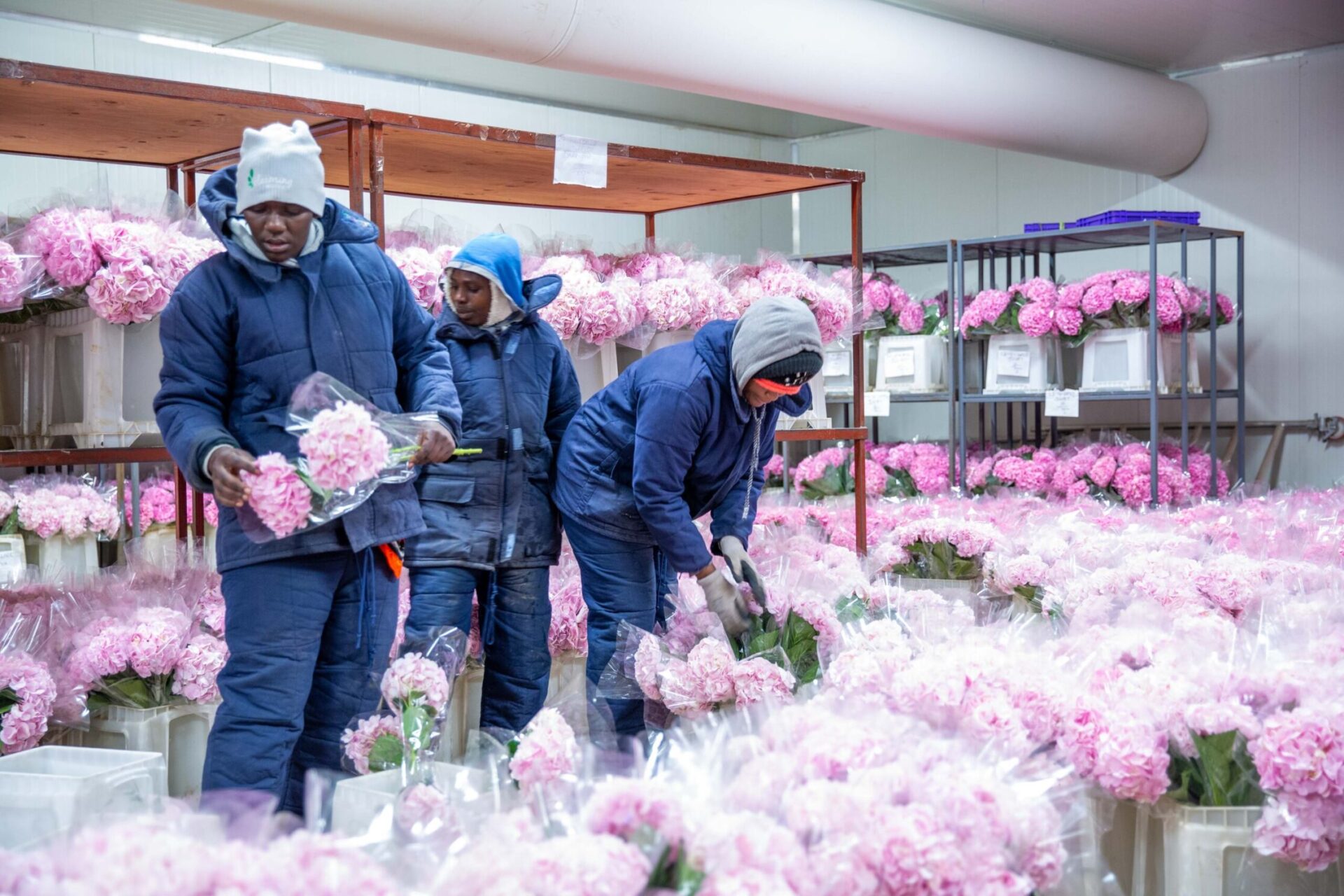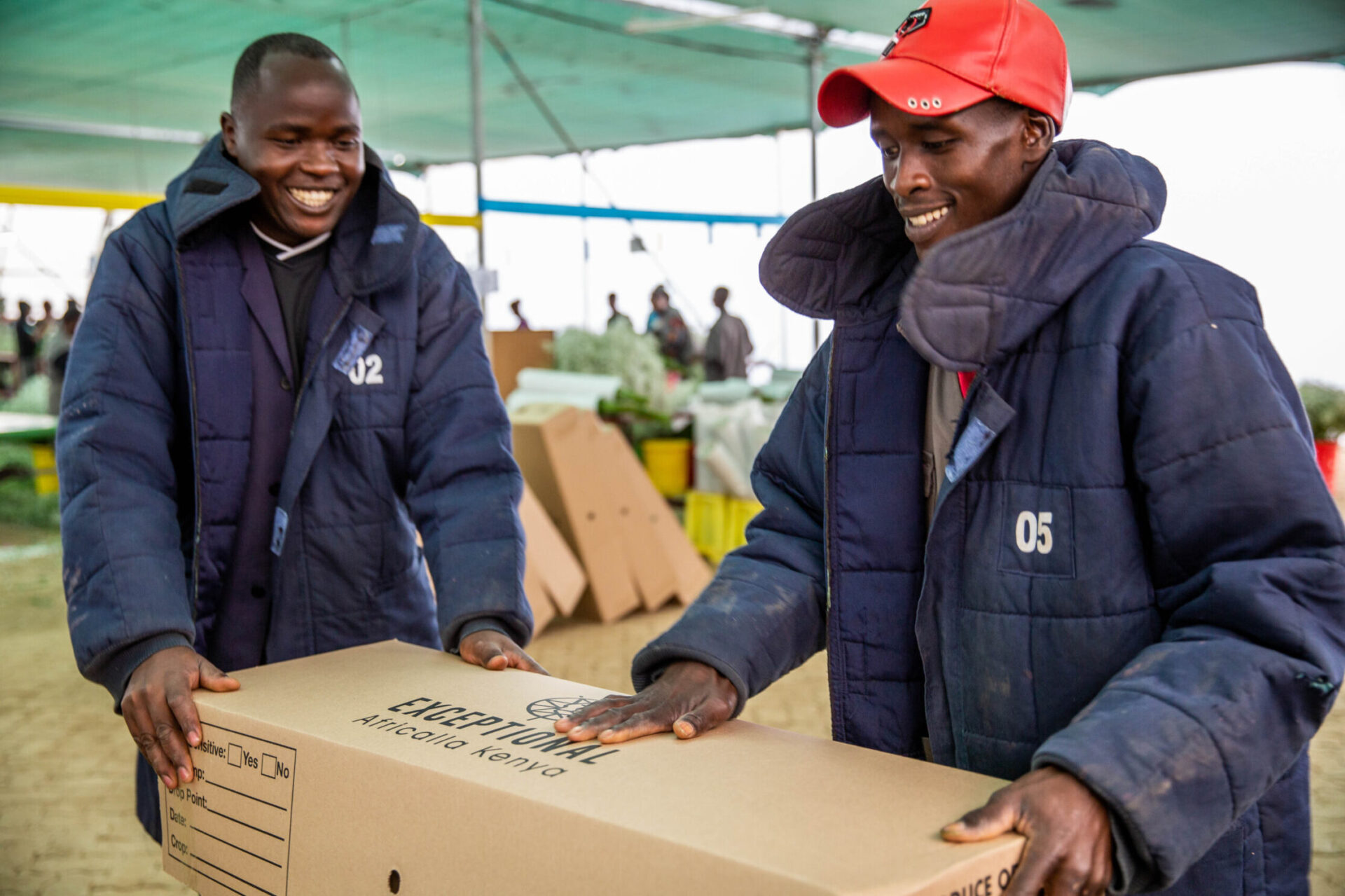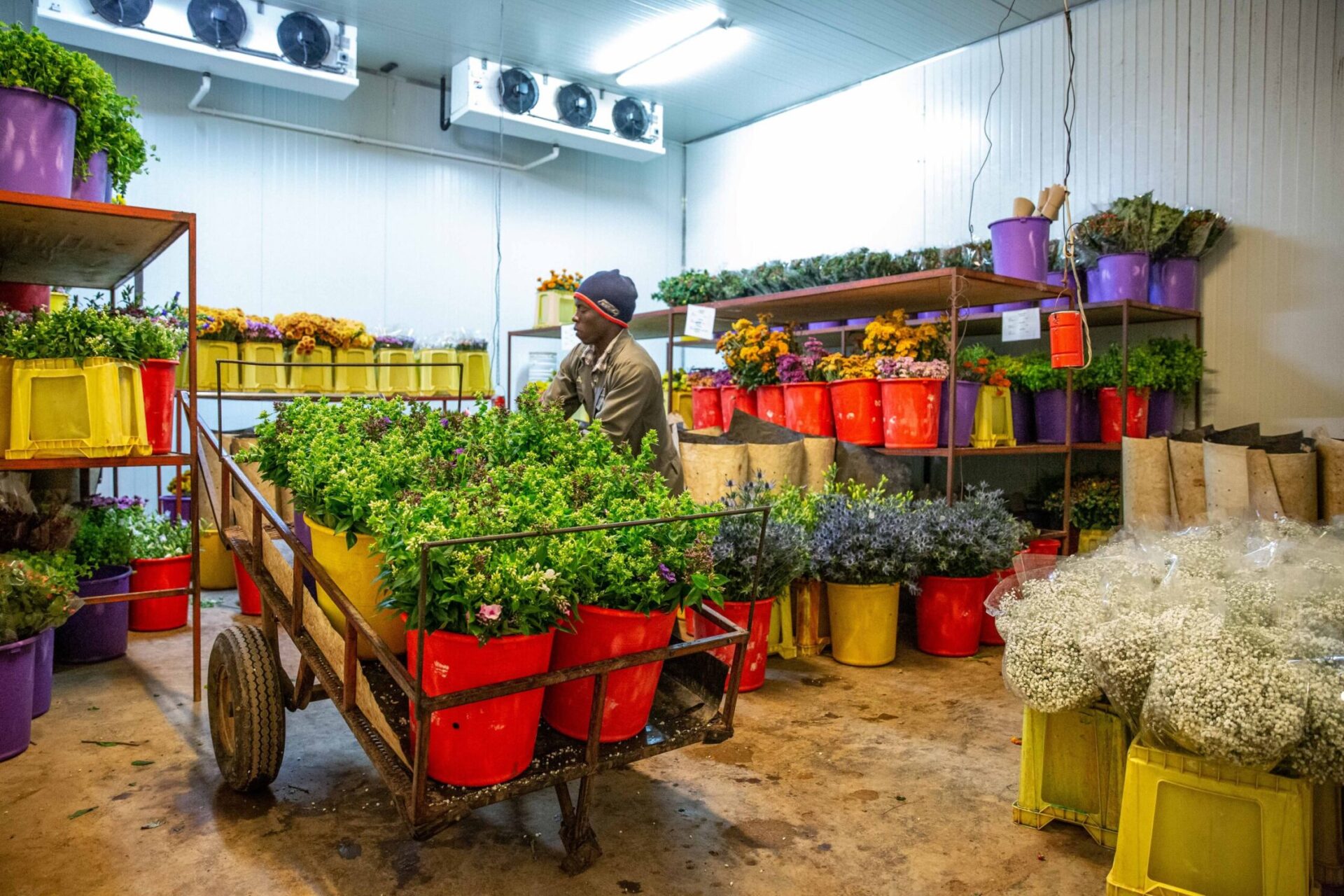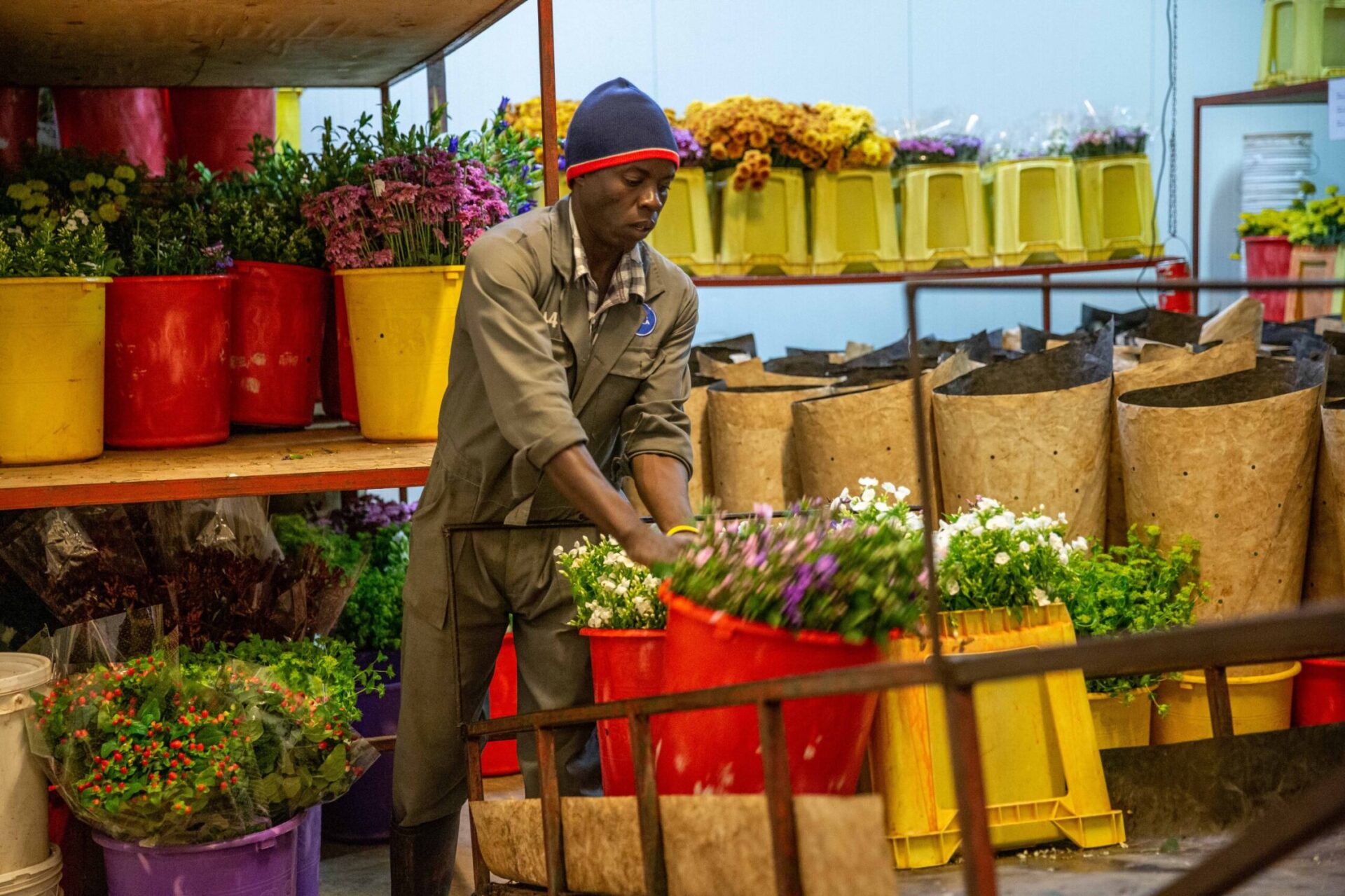Understanding Cold Chain Logistics: Keeping Flowers Fresh from Farm to Market
In the global flower industry, cold chain logistics is the backbone of preserving flower freshness and quality, ensuring blooms arrive vibrant and long-lasting from farm to customer. This process requires precise temperature control, efficient transportation, and careful handling. For wholesalers, mastering cold chain logistics is key to maintaining flower quality and maximizing vase life.
Read MoreWhat is Cold Chain Logistics?
Cold chain logistics refers to the temperature-controlled supply chain used to transport perishable goods, such as fresh flowers, from their origin to their destination. Flowers are particularly sensitive to changes in temperature and humidity—small fluctuations can lead to premature wilting and shorter vase life.
The Importance of Cold Chain Logistics in the Floral Industry
Preserving Quality and Freshness
Once flowers are cut, they immediately begin losing moisture and nutrients. Cold chain management helps slow this process by reducing respiration rates and ethylene production. According to the International Association of Horticultural Producers, flowers transported without consistent temperature control can lose 15–20% of their vase life. By contrast, flowers shipped under ideal cold chain conditions retain their quality and freshness.
Extending Vase Life
Proper cold storage minimizes bacterial growth in the water, a leading cause of early flower deterioration. Flowers like roses and lilies can stay fresh for up to two weeks when transported under the right conditions. Without cold chain logistics, this timeframe is drastically reduced, decreasing value for both wholesalers and customers.
Reducing Financial Losses
Temperature inconsistencies can result in significant spoilage. Research shows that a considerable percentage of flowers are lost annually during transport due to mishandling or breaks in the cold chain. Investing in reliable cold chain systems can help wholesalers minimize waste and increase profitability.
Key Stages of Cold Chain Logistics for Flowers
- Post-Harvest Cooling
After harvesting, flowers are quickly placed in pre-cooled water and stored in cold rooms set between 0°C and 2°C. This rapid cooling, known as “hydrocooling,” is vital to eliminate heat absorbed during harvesting. - Packaging for Transportation
Flowers are packed in specially designed boxes with ventilation holes for cool air circulation. Gel packs or refrigerated pallets are often used to maintain temperature consistency. Packaging materials must be lightweight yet strong enough to protect flowers during transit. - Refrigerated Transport
Refrigerated trucks transport flowers to airports, where they are loaded into temperature-controlled cargo planes. The International Air Transport Association (IATA) enforces strict cold chain standards for perishable goods to prevent spoilage during air travel. - Cold Storage at Destination
Upon arrival, flowers are immediately transferred to cold storage facilities before being distributed to wholesalers or retailers. Maintaining a seamless cold chain ensures flowers reach clients in peak condition.
Sustainability in Cold Chain Logistics
Sustainability is an increasing priority in the floral industry. Although cold chain logistics requires significant energy, steps can be taken to minimize its environmental impact:
- Eco-Friendly Packaging: Use recyclable or biodegradable materials.
- Energy-Efficient Refrigeration: Modern systems consume up to 30% less energy, lowering carbon footprints.
- Consolidated Shipments: Combining smaller orders into single shipments reduces transportation emissions and costs.
At The Flower Hub, sustainability is at the heart of what we do. From partnering with regenerative horticulture farms to using eco-friendly packaging and energy-efficient logistics, we’re committed to minimizing our environmental impact while delivering exceptional flowers.
Why Partner with The Flower Hub?
Cold chain logistics may be complex, but we make it simple. At The Flower Hub, we manage every step of the process—from harvesting and cooling to transportation and delivery—ensuring your flowers arrive fresh and market-ready.
Partnering with us means access to our expertise, saving you time and resources. Our streamlined systems help reduce waste, maintain flower quality, and deliver beautiful blooms to your clients.
Ready to transform your supply chain?
Contact us at enquiries@theflowerhub.co.ke to learn more about how The Flower Hub can make a difference in your business.
Sources
- USDA Agricultural Marketing Service. “Ornamental Crops Inspection Instructions.” Link
- International Association of Horticultural Producers (AIPH). “Global trends in the cut flower trade.” Link
- International Air Transport Association (IATA). “The ocean versus the sky: which is logistically attractive to operators?” Link




